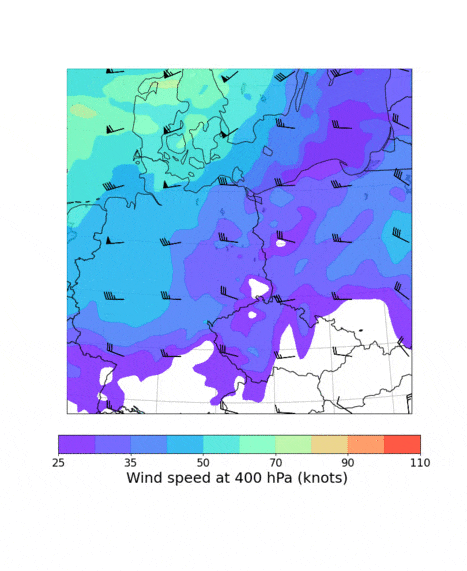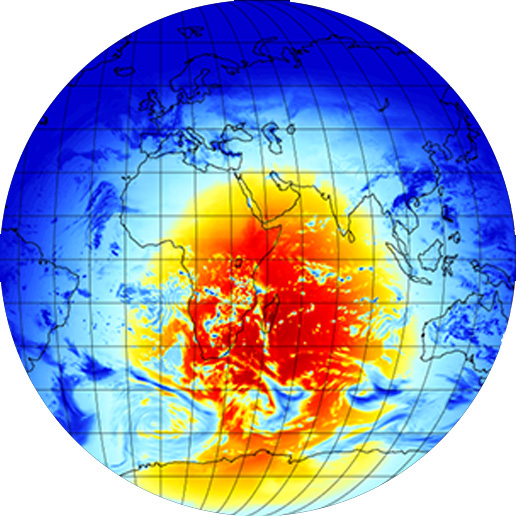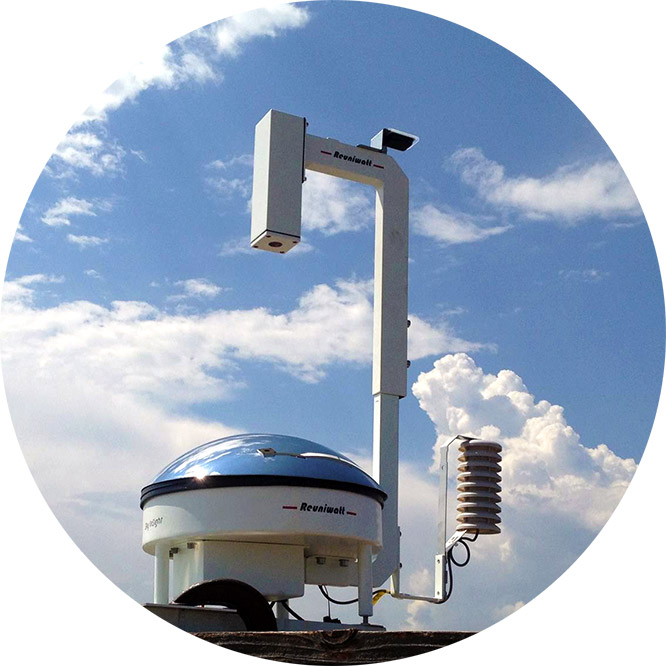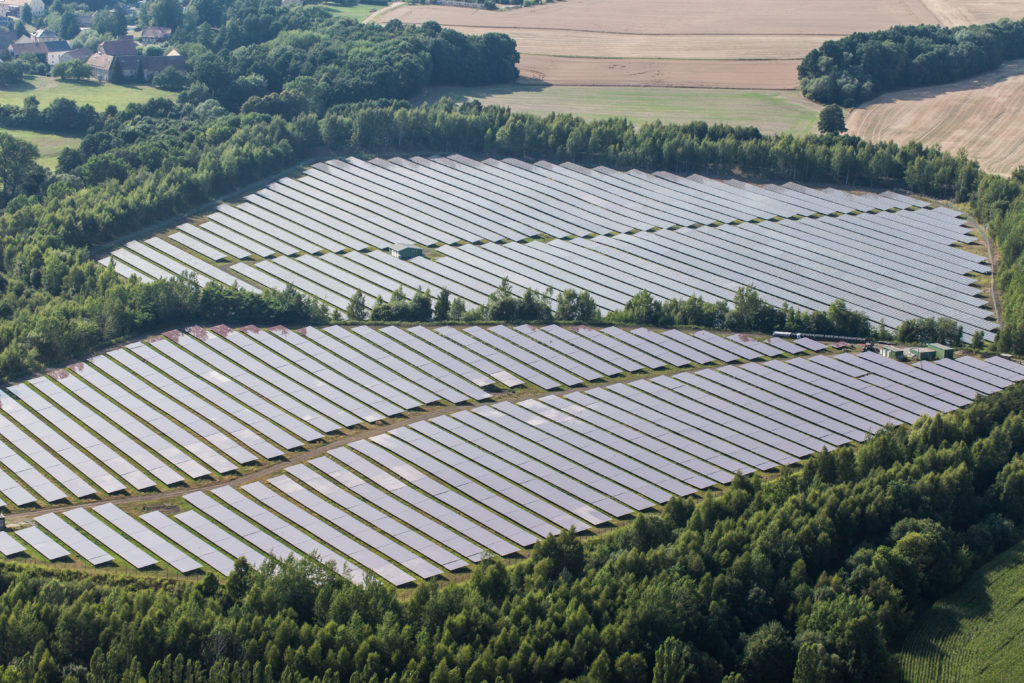Reuniwatt’s intraday solar and wind power forecasts are obtained using different technologies: real-time geostationary satellite images, numerical weather prediction (NWP) models, and artificial intelligence. HourCast™ is available worldwide, and up to 6 hours ahead.
Our solar forecasting method is based on cloud motion vectors derived from satellite images. This method has been recognised by solar experts as the most efficient on the market. Our intraday wind power forecasts combine live production data, NWP model forecasts, and machine learning techniques for optimized results.
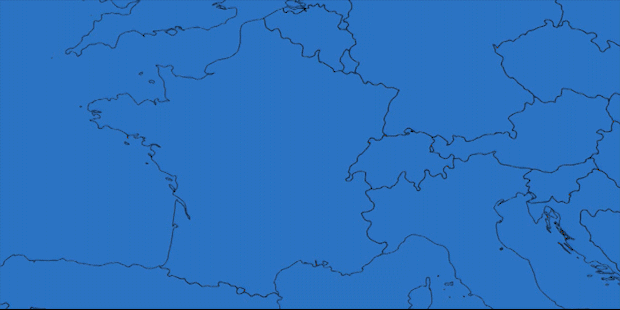
Enhanced precision for any type of climate
Enhanced precision for any type of climate
Reuniwatt has developed several methods which are efficient for all climate types: continental, insular, coastal, mountainous areas…
We rely on high quality data: satellite observation performance is guaranteed by satellite operation agencies, while NWP models are being constantly improved by the scientific community.
Worldwide coverage
Worldwide coverage
Reuniwatt receives the live images of five geostationary satellites, enabling our worldwide solar forecasting service. For wind forecasts, we combine global and regional weather models with AI techniques to achieve the best forecasts for your site or portfolio.
Swift deployment and maintenance-free
Swift deployment and maintenance free
Reuniwatt’s intraday forecasting methods do not require hardware installation. The deployment is quick, easy and maintenance free.

Methods
Satellite imagery enables to monitor cloud masses on a large scale, while offering a refined observation of power plants' meteorological environment. It is a precious tool for intraday solar forecasts, up to six hours ahead. The clouds' trajectory is determined by the treatment of several successive images, allowing cloud cover anticipation at a specific location.
Our intraday wind power forecasts achieve best-in-class results based on NWP models combined with artificial intelligence techniques. Moreover, we take into account real-time SCADA data to frequently update our hour-scale forecasts.
The use of satellite and SCADA data for intraday solar and wind power forecasts has many advantages compared to traditional meteorological forecasts as it enables:
- To add data on a large zone, in real time, thus efficiently completing meteorological models thanks to direct observation.
- To follow in details the clouds' movements which will directly have an influence on the solar irradiance received on the ground.
Additionally, the use of deep learning techniques allows us to achieve even higher forecasting precision.
